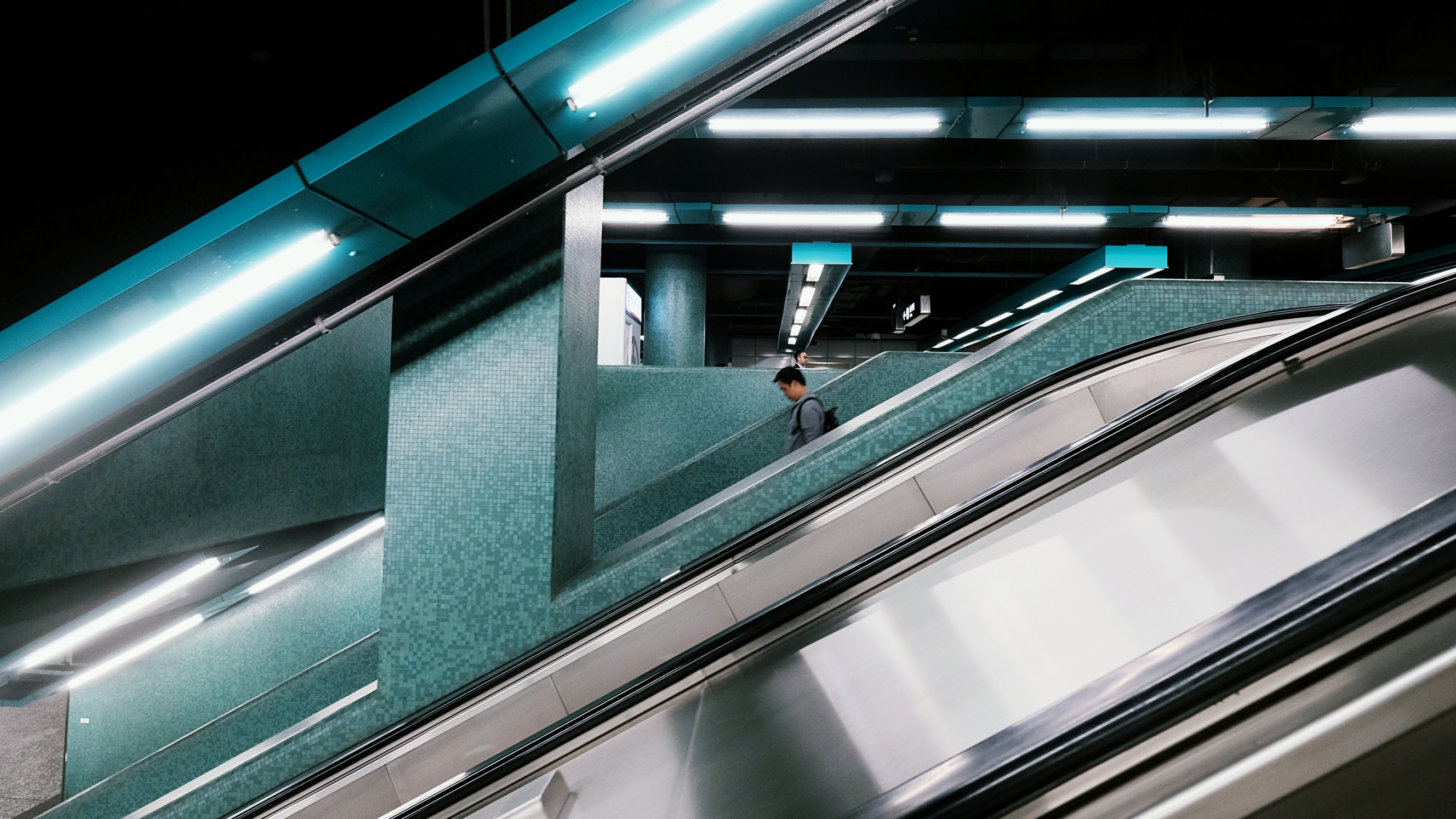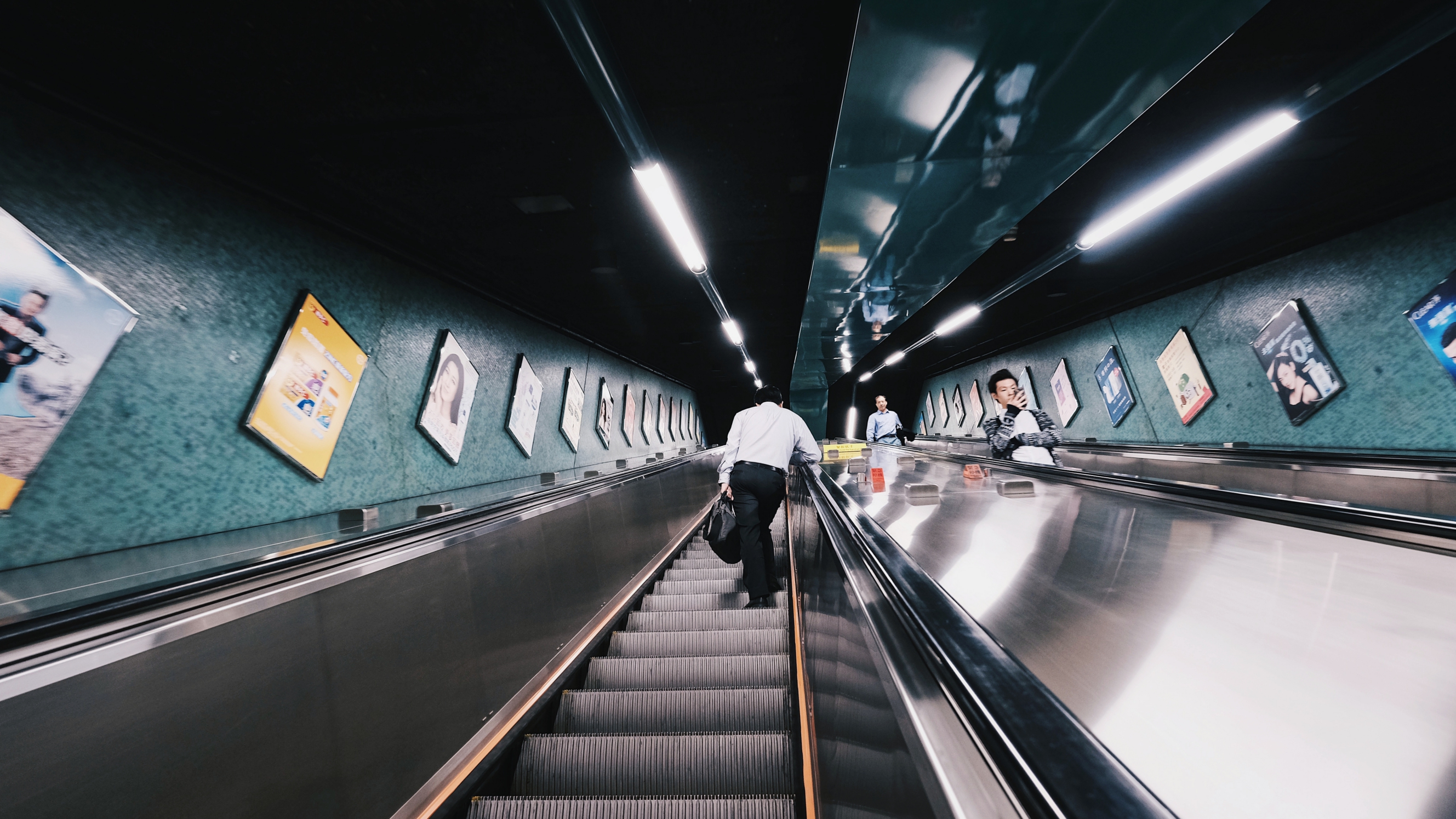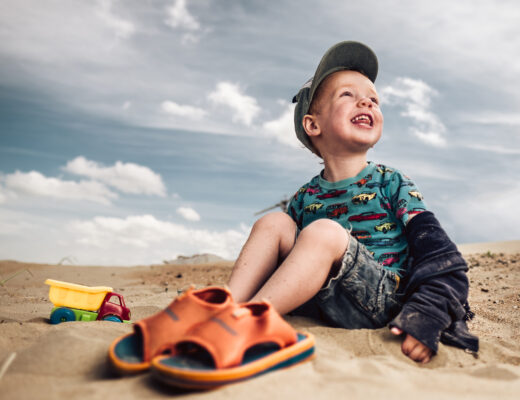Travelling has become part of my work routine for the past few years. On each trip I attempt to select the right camera for the right destination, but I’ve come to realize there is no perfect camera. The Fujifilm X Series is a great system for both travel and work, and even the biggest X series APS-C camera the X-T2 is still very compact and light. However, there’s a new X series body, the rangefinder styled X-E3. I thought it would be a great opportunity to test the X-E3 on my latest work assignment in Hong Kong and leave the X-T2 behind. This experiment is a big deal since the X-T2 has followed me to every work assignment for the past 2 years. Although the X-E3 lacks many of the pro features found on the X-T2 (and X-Pro2), would this latest X series body be able to handle my work load while I travelled? Let’s find out.
The first thing I noticed is the size and weight. It’s almost impossible to imagine the X-E3 has the same sensor and processor as the X-T2 and X-Pro2. I brought the XF 10-24mm F/4 lens with me, and the lens is bigger and heavier than the X-E3 body. However, when matched with one of the Fujicron lenses (I brought the XF 35mm f/2), the size and balance is perfect. The lack of a D-Pad allows more finger real estate with your shooting hand, but you do lose 4 custom function buttons. My work around initially was to reprogram one of the Fn buttons as my ISO control, but I found the swipe Fn worked great. Swipe down for ISO, swipe up for WB, swipe left for film simulation, and right for face detect.
I did miss having a dedicated drive dial that the X-T2 and X-T20 has. It wasn’t obvious when I was in video or stills mode, which made me miss a few photo opportunities since I was in the wrong mode. I also really missed having an articulating screen for video and for low angle street photography. I ended up just crouching down lower, much like shooting with my film cameras. I actually turned off the touch screen function since I found I accidentally pressed the screen too often, shifting my focus point. The joystick is quicker for my style of photography, and the ‘ALL’ focus mode is convenient when switching between the various focus modes (single, zone, wide). Hopefully this will be added to the X-T20 soon.
Other things I missed having on the X-E3? I love the dual card slots on the X-T2 and X-Pro2, including having the cards accessible from the side. I had to use tripod mount plates a few times on this trip while shooting video, and it was a pain switching memory cards and batteries. This goes the same for the X-T20. I also miss having a larger EVF and a dedicated ISO dial. However, the trade-off of having such a small and light body is worth it when travelling. As I hold the X-E3 in my hand mounted with the XF 35mm f/2, I’m still blown away by how light it is. It feels like there’s no battery in the body. Yes, it’s that light. However, don’t let it’s weight fool you into thinking this camera can’t perform.
The new X-E3 currently has the most advanced firmware of any X series camera. The autofocus is slightly faster and more accurate than the X-T2. The video focus tracking is also improved over the other X series cameras, although face detect needs improvement. Unlike the X-T20, you can program the front command dial of the X-E3 to switch to ISO control and adjust during video recording. You can also shift focus points while using the EVF, although I did not find this useful since I’m left eye dominant. This is the same for the swipe Fn buttons while using the EVF.
As a professional, would I consider the X-E3 over the X-Pro2 or X-T2? The short answer, no. I need a rugged and weather sealed body, dual card slots, and a dedicated ISO dial. However, if size and weight was crucial to my assignment, the X-E3 is a powerful and competent tool. Choosing between the X-T20 and X-E3 is more difficult. The X-T20 has the advantage of the articulating screen, 4 physical Fn buttons, and a dedicated DRIVE mode dial. The X-E3 has a more compact and sleek design, a joystick, touch screen control, Bluetooth, and the latest firmware. If you shoot mainly stills, I say go for the X-E3. If you shoot video, I would choose the X-T20 for the articulating screen and a dedicated DRIVE dial. In conclusion, I’m enjoying the X-E3 in Hong Kong and don’t regret leaving behind the X-T2 to save on weight and size. There’s no such thing as a perfect camera, but with each new X series camera, Fujifilm engineers are doing their best to improve upon each series. On the X-E3, I would love to see an improved EVF, updated I/O (USB 3.0, 3.5mm mic input, etc.), and a centred tripod thread. Perhaps asking for an articulating screen is asking too much? Perhaps. Thanks for reading and happy shooting
























